Coccoina: story of a glue with elegant design and... scented
Raise your hand if you, at least once in your life, perhaps as a child, have never tried to sniff a can of Coccoin. The almondy scent, similar to that of macaroons, to many will stir pleasant childhood memories related to the most famous school and office glue there is. Or rather: to the “Coccoin adhesive paste,” as it was introduced when it was invented. But even as adults, the first thing you usually do when you have a jar or stick of Coccoin in your hands is to smell it. And indeed, “one of the many reasons for Coccoin’s success, its longevity but also the intense memory it arouses in its users,” wrote Alberto Bassi, professor of industrial design, in his book Design anonimo in Italia, “has to be considered its scent,” so much so that there are “rare non-food products that can boast such a characteristic.”
The history of this glue goes all the way back to 1927, and it endures successfully to this day: it was devised that year by Balma, Capoduri & C . of Voghera, a company specializing in stationery that had been founded just three years earlier by Aldo Balma and Andrea Capoduri, “accurate,” Bassi writes again, “in its attention to the quality of the manufacturing processes marked by manual steps and in the conception of new products.” One of the innovations of this singular object, still immediately recognizable today for its design that has remained unchanged over the years, was the container: at the time, in fact, glues in jars already existed, but the jars were made mostly of glass and did not include a housing for the brush. It was thanks to Aldo Balma to come up with a complete product: the entrepreneur invented the glue mixture and also imagined the elegant packaging, with the name of the glue written in italics, blue on a gray background. A white, very simple glue, based on potato starch dextrin and water, which was cooked in a bain-marie in large cauldrons, and to which glycerin and especially almond oil were then added in the final stages of processing to give it its characteristic fragrance. When processing was finished, it was poured liquid into its container and left to rest for about a month before being put on the market. The container was distinguished by thecentral housing that accommodates the brush with which the glue is spread (you open the jar and find it in the middle, poking out with bristles), and especially by its graphics. A packaging that, in some ways, resembled that of a cosmetic. Elegant, a beautiful object to look at, a modern product, all levers on which, moreover, the advertising posters promoting it insisted: “This is the glue that is used in my office because it is a modern office,” read one of the posters from the 1960s, with a beautiful woman with a fashionable hairstyle depicted in the act of showing the small can of glue. Even, the vintage poster was also reused to promote the glue stick format launched in 2006.
Commercial success was widespread and immediate, partly because its release for sale was accompanied, as early as 1930, by an advertisement that was broadcast on the radio (“Coccoin is not a narcotic but is a solid glue that astonishes and excites those who use it.” so said the advertisement), and especially because of the two elements that made Coccoin famous: the container with the brush (today it seems almost taken for granted that a product that involves application is sold with its applicator, but at the time this was not the case), and the almond scent.
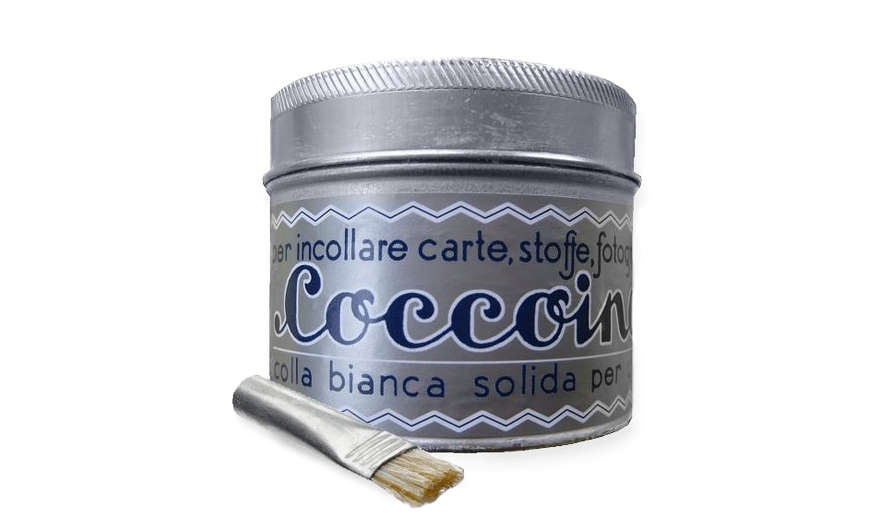

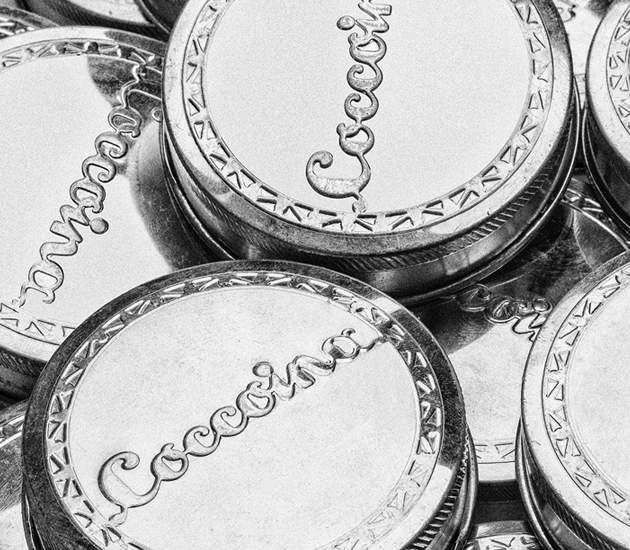
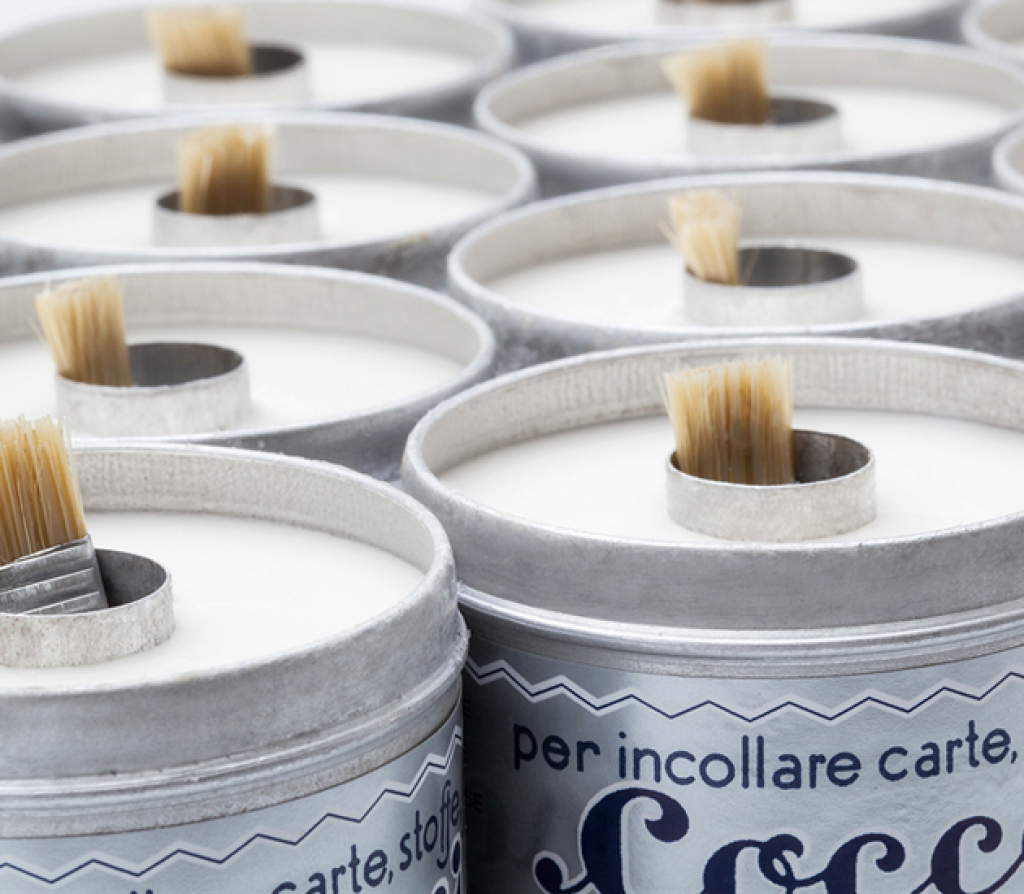
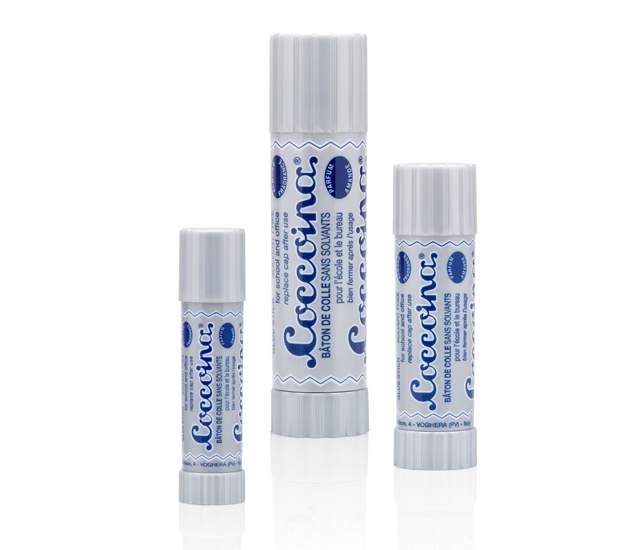 Coccoin
Coccoin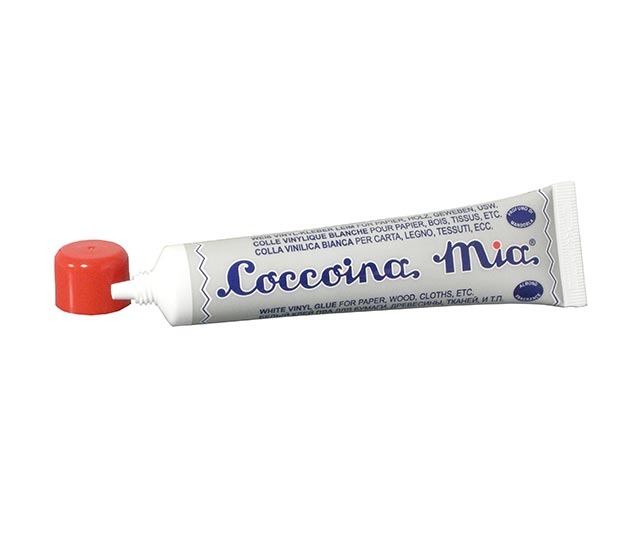 Coccoin
Coccoin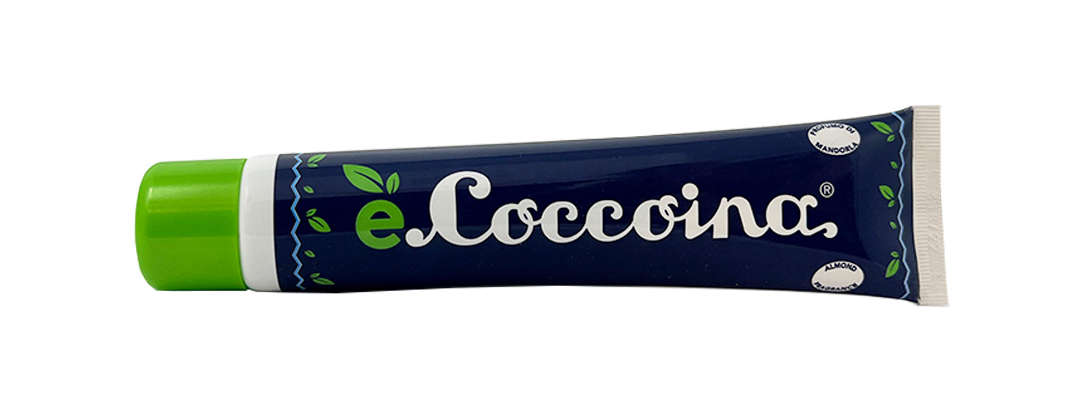

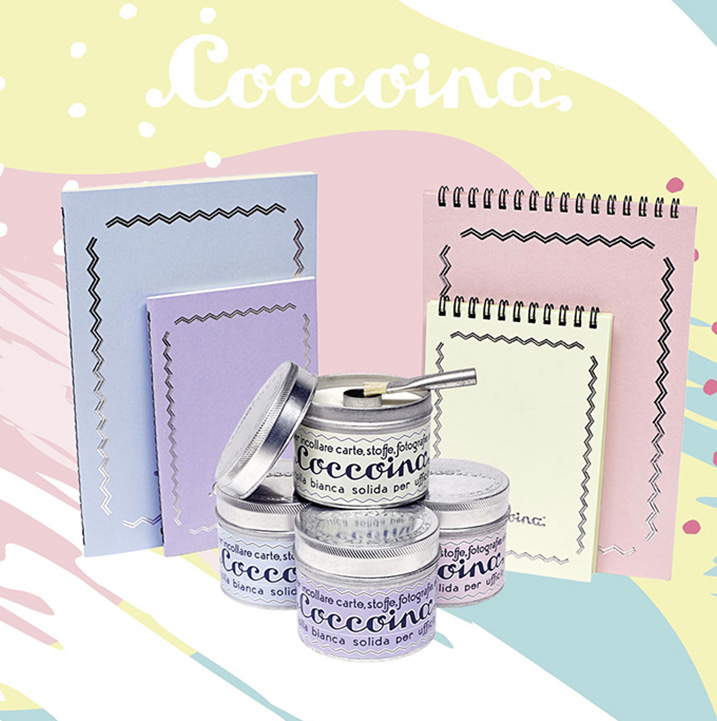
A formula so happy that it has known few modifications and few additions throughout its history: the only “innovations,” one might call them, were Coccoin 84, launched in 1984, based on polyvinyl alcohol (it was was the first liquid Coccoine), and then, in 2006, Coccoine Stick, based on polyvinylpyrrolidone, solvent-free, removable simply with water and available in three different formats, which adapted the historic white glue to the needs of consumers, especially school students, who have been accustomed for a few years now to having handy sticks with which to spread glue directly on the paper without the use of a brush. The most recent glues in the family are Coccoin Mia, which arrived in 2014 (a white vinyl glue sold in plastic tubes), and eCoccoin, a liquid glue that is environmentally friendly (in fact, it is made with a formula that uses natural substances for more 80 percent of the product), based on polyvinyl alcohol and without absolvents, which is also the strongest of the family, and is presented by the company as “the glue of the future.” One element unites them all: the almond scent. In fact, all Coccoin products smell the same: the company has never renounced this unique element of... olfactory design.
One may wonder how this product has endured for decades without ever changing a comma of its substantial characteristics. It is a product that has come into common use to the point that the very name “Coccoin” has been included in some dictionaries, such as De Mauro or Garzanti, since it has become almost a synonym for glue (curiously, however, we do not know with certainty the origin of the name: perhaps from coconut, because of the sweetish scent). The longevity of Coccoin’s success could be attributed to several factors: the practicality of use that has remained unchanged over time, the recognizability of its design, the addition to the visual design of the scented element (Coccoin’s most ingenious feature) that makes the glue even more immediately recognizable. And today also the sure nostalgic element that a product that has been on the market for decades evokes in adults who used it as children. All of these elements cut across eras and consumers-that’s why Coccoin appeals to everyone and continues to appeal to younger generations as well.
Warning: the translation into English of the original Italian article was created using automatic tools. We undertake to review all articles, but we do not guarantee the total absence of inaccuracies in the translation due to the program. You can find the original by clicking on the ITA button. If you find any mistake,please contact us.





























